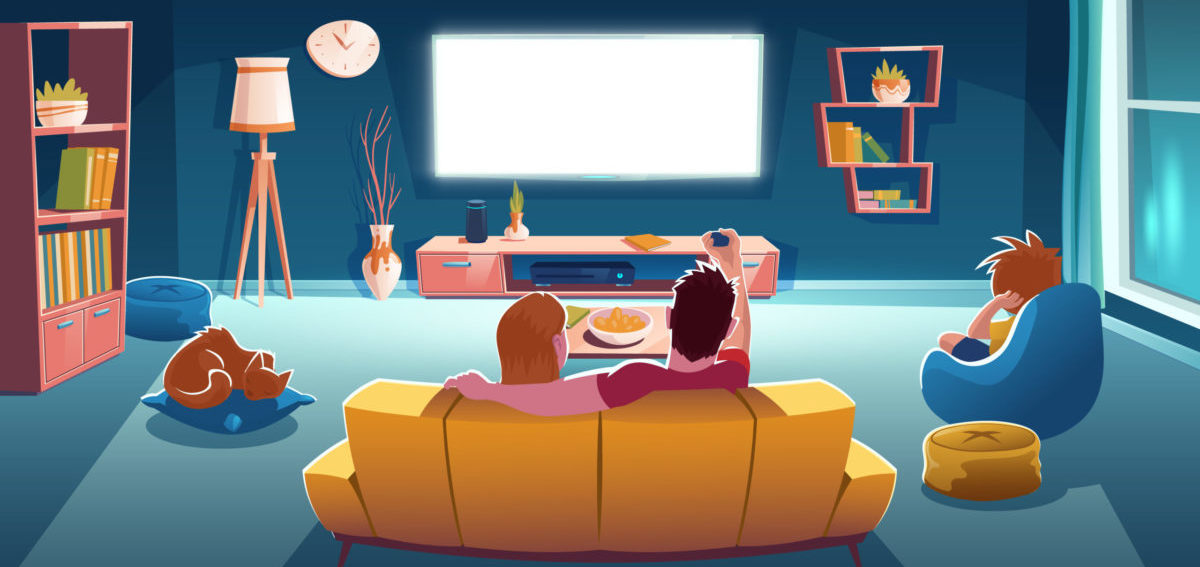M+E Connections

M&E Journal: How Context Plays a Supersized Role in Scene Analysis
Story Highlights
Arguably, the most critical metadata signal for the distribution of film and television, content discovery, and ad targeting is an age rating. Local age ratings are required in most countries for distribution.
Also, inaccurate age ratings pose significant legal and brand risks to content owners and streaming platforms when inappropriate content is made available to children.
Content classification policies, standards, and systems vary widely around the world. Regulators in some countries determine appropriate viewing age according to children’s physiological growth and maturity.
In other countries, decisions are based on moral, social, religious, or political interests. No two countries are the same.
 Age ratings for film and television are determined by the presence of classifiable elements like alcohol and drugs, violence, sexuality, profanity, and more. But simply labeling a scene as violent or detecting nudity or other objectionable content is insufficient.
Age ratings for film and television are determined by the presence of classifiable elements like alcohol and drugs, violence, sexuality, profanity, and more. But simply labeling a scene as violent or detecting nudity or other objectionable content is insufficient.
Interpreting the context around these elements is often the deciding factor between two age classifications (e.g., PG-13/R or ages 12/15). Context is the circumstances that form the setting for a situation or event – and thoroughly explain it.
Contextual cues for age ratings may involve the environment, the character’s prominence, the plot’s importance, and whether an objectionable event is glamorized or encouraged.
In assessing audience suitability for movies or TV shows, nowhere is the need for context more imperative than in scenes involving the use of illegal drugs. Unlike profanity or nudity, most countries consider all aspects of drug use, from cheeky references to vivid addiction imagery.
Unlike the similarly universal category of violence, age ratings for drug use vary widely between countries: smoking a joint can result in a rating any- where from All Ages to R21, depending on the country and the narrative.
In the U.S., TV shows with drug use generally receive a TV-14 rating unless usage is explicitly disapproved, in which case, the TV show can receive a TV-PG rating if the scene is undetailed. Mexico does not generally allow discussion of or references to drug trafficking, manufacturing, or selling until an age B-15 rating.
Any approving references to the legalization of drugs or any of the above would raise the rating to C in Mexico. Denmark is the only country that does not rate drug use; it only considers addiction and whether it’s encouraged.
Despite the various definitions and laws on illegal drug use worldwide, most countries agree that any encouragement to use those drugs merits an adult rating — or possibly a ban — for the movie or TV show.
The range from “explicitly discouraged” to “normalized” parallels the age bands for most countries. Low age ratings are associated with explicit narrative discouragement, and higher age ratings are tied to either glamorization or normalization of drug use, depending on the country.
The criteria for what counts as discouragement, some flavor of encouragement, or something in between does not stop at the individual scene of drug use: It encompasses the narrative as a whole, with consideration for immediate consequences of the drug use, the drug user’s character arc, the ending of the work, and any moral messages implied along the way.
 Whether explicit or implicit, discouragement tends to come as a consequence of drug use. If immediate and severe (e.g., an arrest for possession or an overdose), the discouragement is usually considered explicit, and the age rating can be lower.
Whether explicit or implicit, discouragement tends to come as a consequence of drug use. If immediate and severe (e.g., an arrest for possession or an overdose), the discouragement is usually considered explicit, and the age rating can be lower.
For narratives that borrow from traditional morality plays, dramatic, negative endings for the characters (see Requiem for a Dream or “Breaking Bad”) can also check the box for explicit discouragement.
These works tend to be rated lower due to the strong discouragement of drug use.
When consequences are less sensational, more like a bad trip than dying, the discouragement is considered implicit, and the age rating will be slightly higher.
Drug use without positive or negative consequences within the narrative is considered neutral, which is most often seen with softer drugs, e.g., marijuana, used as characterization.
Because the story’s focus is not on drug use and it functions more as a prop than a plot point, age ratings are lower than they would be if the drug were being actively normalized or glamorized.
In Knives Out, for example, drug use is treated as incidental; there is a brief, comedic focus on smoking a joint to relieve anxiety — but it is not a significant plot point, and the scene is short.
This is the drug use most seen in the 13-16 age range, with more sensitive countries suggesting higher age ratings and less sensitive countries, lower.
When drug use is shown throughout the narrative to be cool, desirable, useful, or helpful, content regulators consider it to be encouraged, glamorized, or normalized, and it results in a high age rating.
Specifics of this vary by country but usually involve drug use by heroic or admirable characters, drugs used during fun party scenes without consequence, or drug use that is rewarded by the narrative.
For overly sensitive countries, this can include documentary content, like cooking shows that feature marijuana or discussions about the benefits of MDMA treatment for PTSD.
 Laws, rules, and methods related to content regulation and censorship vary significantly around the world.
Laws, rules, and methods related to content regulation and censorship vary significantly around the world.
There is no one-size-fits-all approach to compliance for global distribution.
Despite the complexity that often requires human judgment, the sheer volume of content produced and distributed daily necessitates the use of technology and automation.
Humans alone cannot accurately and consistently apply thousands of rules to millions of titles on a recurring basis.
As a result, Spherex has pioneered the use of state-of-the-art machine learning (ML) and artificial intelligence (AI) to meet the demands for global content compliance.
* By Teresa Phillips, CEO, Co-Founder, and Kira McStay, Senior Researcher, Spherex *
=============================================
Click here to download the complete .PDF version of this article
Click here to download the entire Winter 2022 M&E Journal









